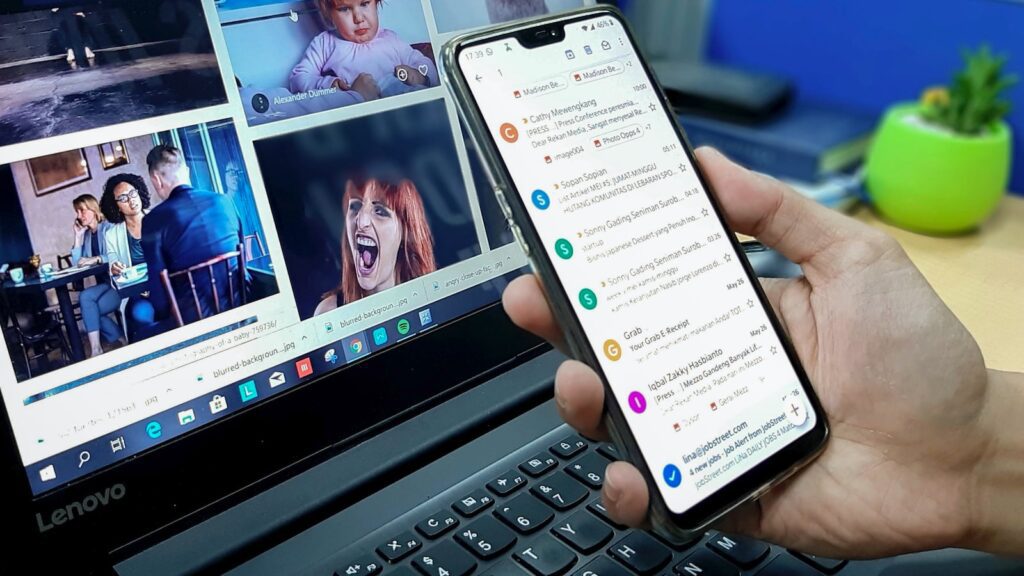Do you remember the popular mobile game Flappy Birds? (Of course, you do, right and you’ve played it before)
It’s the game that swept the world for days and weeks, and it’s no surprise—the game entices you from the very first level.
But what’s more—it can teach you an essential lesson for the success of your mobile app.
A lesson that can help you dramatically increase user engagement.
Here’s the thing about Flappy Birds: from the first level, you’re motivated to play the game because it’s fun, and you earn points along the way. You feel victorious when you outscored your friends and achieve a reward when you fly across the tunnels. The beep music in the background while you tap your screen while increasing your hard earn points. Fist pumps all around.
The game mechanics keep you playing, and the rewards motivate you to reach the highest level. There’s always a fun, new challenge awaiting you
It also teaches you the importance of gamification—and it’s a lesson you can use to get users engaged with your mobile app. But we’ll dive more into this in a second.
The Importance of User Engagement in Mobile Apps
When you create a mobile app, you face two challenges. Not only does the app need to be compelling enough to earn a spot on the user’s home screen; it must also keep users engaged so that they continue using and interacting with it.
Put simply, the app must be something that people actually want to use. Otherwise, it’s likely to be pushed aside and become one of the 80% of mobile apps with 1,000 or fewer downloads. So yes—it’s important.
But how do you maximize user engagement?
There are several ways to boost user engagement in your mobile app.
The game uses the concept of “levelling up”— which gives people the feeling that they’ve progressed and/or achieved something, and gives them a reason to come back and keep playing.
It also gives them a feeling of achievement, which is one of the most basic and common gaming dynamics.
When you snapped back into reality and realized you’d been playing Flappy Birds, these were some of the reasons why.
We’ll show you how you can use these gaming dynamics—as well as others—to increase user engagement in your mobile apps.
But first, let’s define gamification: gamification is the integration of gaming dynamics into your site, service, community, app, content, or campaign, in order to drive participation and engagement.
It’s not about turning your app into a game—but rather, using certain features found in games to enhance the user experience of your app and make it more engaging.
And rightfully so—gamification serves as a powerful driver when it comes to promotion and retention.
Companies like Starbucks, Nike+, Red Robin, Linkedin, and Nissan are already using gamification to boost engagement on their apps and websites. Now, it’s your turn!
Here’s how you can start gamifying your mobile app:
Reward Users Early and Often
Think back to the popular game Super Mario. In most games, a princess has been kidnapped, and it’s the player’s duty to rescue her. But just beating a level alone and rescuing the princess wouldn’t be enough. The collecting aspect is what makes Mario Bros and other Nintendo so iconic. Whether its users collect coins, Pokemon, stars, or bananas, they’re rewarded often for simple tasks.
Starbucks does a great job of rewarding customers with their app—and it’s no wonder that it has been downloaded over 10 million times. It’s simple—the more coffee you buy, the more rewards you get and the more you fill up your cup. Users are motivated by the visual aspect of filling the cup and reaching the next highest level of earning.
Offer something “valuable” for free
With this approach, a user feels like they are getting something of value for free, due to someone else having done the work. In order for this to be effective, the player must feel like they’ve “lucked” into something, so it’s crucial that actual work is perceived to have been done.
Groupon does a great job with this as well. You get a deal cheaper only after 100 other people have bought it. You recognize that people have spent money on it (done the work), but you didn’t have to do any of the work of yourself.
Loyalty Rewards
Loyal users are more heavily engaged, and more likely to discuss and promote your app. The loyalty dynamic links to ownership, pride, and reward. You can make users more loyal through leaderboards and achievements, which generate a sense of pride and induce competition amongst users.
Integrate Hyper-Casual eSports tournaments
With the rise of mobile users. no once can deny that hyper-casual games are slowly taking over by storm. Mechanics are very easy to understand but somewhat very competitive and fun to play for hours! Integrating mobile eSports tournament in your app can be rewarding and the rewards of engagement are endless.
WANT TO KNOW MORE HOW HYPER CASUAL MOBILE GAMING CAN HELP YOUR APP ENGAGEMENT? CONTACT US
Conclusion
Without sufficient user engagement, your app will fade into oblivion. But there are some powerful methods to increase user engagement—and gamification is one of the best.
For the same reasons that you got hooked to games like Flappy Birds or Candy Crush, gamification techniques can keep users coming back to your app.
Follow us on:



























